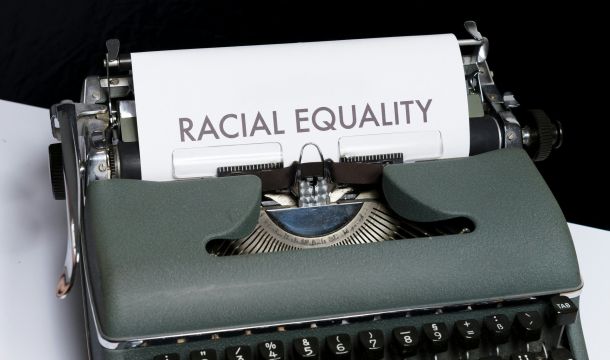PROBLEMS AND NEW APPROACHES TO THE HARASSMENT EPIDEMIC
The growth of the "Me-Too" movement, as recently exemplified in the controversy surrounding the Kavanaugh nomination, has increased emphasis on the American public's sensitivity to inappropriate language. We all have seen situations in the last year of business and political leaders whose careers have been damaged by using inappropriate terminology, even though in some cases the remarks were apparently made without bad intent. Some say the country has gone too far towards "political correctness." Regardless of the merits of this debate, one who ignores recent events does so at his or her own risk.
Perhaps a solution is the development of principles that are so widespread and accepted that conformance is encouraged. Such standards would also need enforcement mechanisms that are sufficiently supported to carry out the intended purposes. These principles have direct application to the legal and practical consequences of limiting and addressing harassment in the workplace.
Employers must end or at least limit harassment in the workplace for both legal and practical reasons. The legal reasons are obvious, but the practical reasons pertain to productivity and retention of employees, the company's image in terms of hiring and sales, and the influence of shareholders. These considerations suggest that employers should develop enforcement models that gain widespread acceptance on the part of all those affected. Different people may have different ideas as to whether the "Me-Too" movement has gone too far, or not far enough, but why not focus on the concept that few can deny is legitimate, that being one of respect for the individual. The term "respect for the individual" goes back to the Ten Commandments, and is a concept that can be the centerpiece of not only non-discrimination and anti-harassment policies, but also the foundation of a corporate philosophy.
Perhaps the concept of "respect for the individual" should be the cornerstone of discrimination and harassment policies. If such a concept actually promotes better hiring, retention and productivity, and lessens legal and related concerns, why not make it the centerpiece of corporate harassment policies?
Maybe the term "respect for the individual" is an elusive concept. What is "respect for the individual" in one person's mind may not be the same as another's. But perhaps "respect for the individual" can be merged or joined with another widely accepted principle, that of giving people a role and the ability to participate in the process. This concept of participation goes back to the idea that people who participate in the development of a concept are less likely to oppose or fight it.
Admittedly, modern business cannot efficiently run as a pure democracy. However, a modern business can be run by allowing employees to feel they have a role in the development of the process they are being asked to follow and support.
So how do the concepts of respect for the individual and participation in company policies play a role in non-discrimination and non-harassment? Leadership is still necessary and desirable to attain the desired goal. This would suggest that corporate leaders must lead the way in proposing the policies, explaining the reasons for the policies, and providing a necessary forum for employees to "participate" by providing their input and/or suggestions.
Because times change, as well as circumstances and attitudes, not to mention personnel, the process must be on-going. Further, the process goes beyond simply writing the policies, and there must be consistent implementation of policies, backed by the actions, attitudes and public images, of the leadership. If the leaders themselves flaunt the policies, cynicism at lower levels is likely to occur, and the battle for acceptance and support is likely lost.
Some companies are applying the above concepts in addressing non-discrimination and harassment issues. Rather than addressing legal principles or discipline, "respect for the individual" could be the theme of harassment and non-discrimination training. The policies on which employees are trained could themselves be subject to input by employees, either through draft notices of policies under consideration, or input from formal or informal employee committees before such policies are implemented. Similarly, the training methodology could be subject to similar input from employees before the training is actually conducted. Further, the training could be made applicable to all levels of employment, from top management to first-line supervisor, to rank-and-file employee.
To some, these ideas may sound like "ivory tower" ideas. But some companies follow them and swear by them. A prime example is that today employers are extending their harassment training to rank-and-file employees, and not just to first-line supervisors. After all, in more cases than not, it is rank-and-file employees that are susceptible to being harassed or harassing others. Indeed, a relatively recent phenomenon is the emphasis in some harassment training programs on "bystander training." This training emphasizes the actions that an employee is expected to follow or should follow once he or she sees the harassment of others. What should the "bystander" to such harassment say or do, and to whom? Modern thoughts suggest that such "bystander training" can go a long way in preventing or limiting the problem, to the betterment of all.
Related Content
Get Email Updates
Recent Content

Possible Extension of TPS Status for Haitians until February 3, 2026 and New E-Verify Status Report

Sad News – Mark A. Waschak – September 13, 1963 – June 27, 2025

Heat Safety Rule Appears to Be Moving Forward

Federal Government to Drop Disparate Impact Basis for Discrimination Claims

E-Verify+
